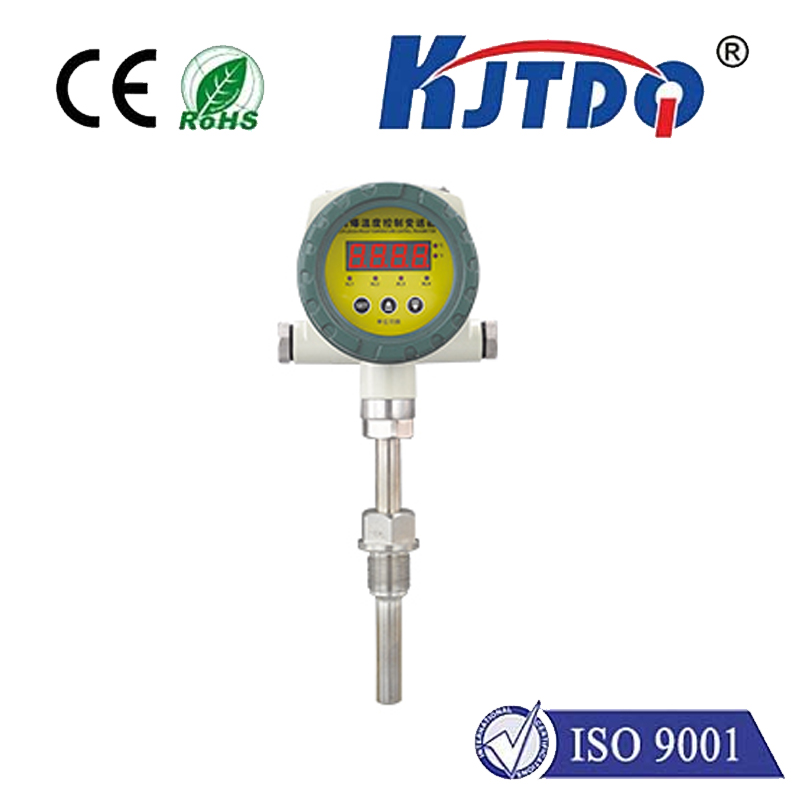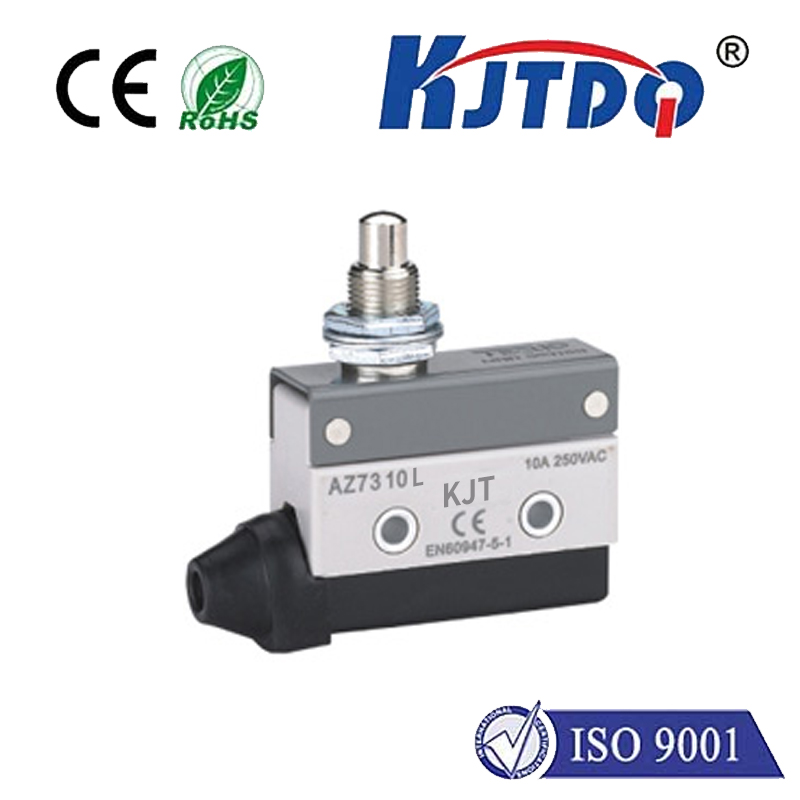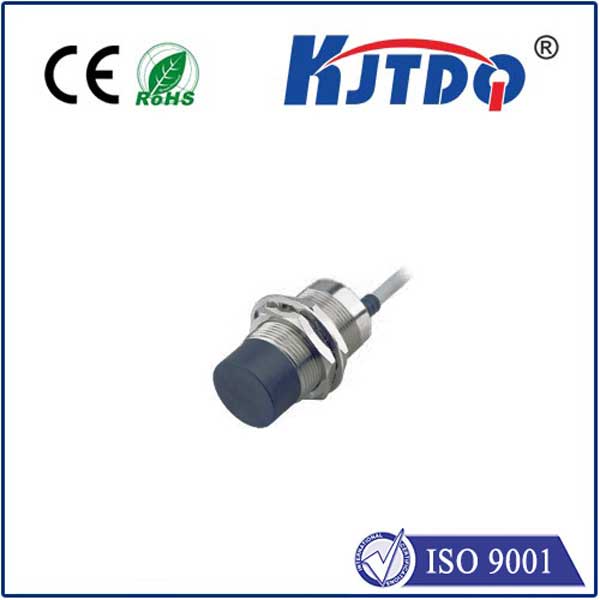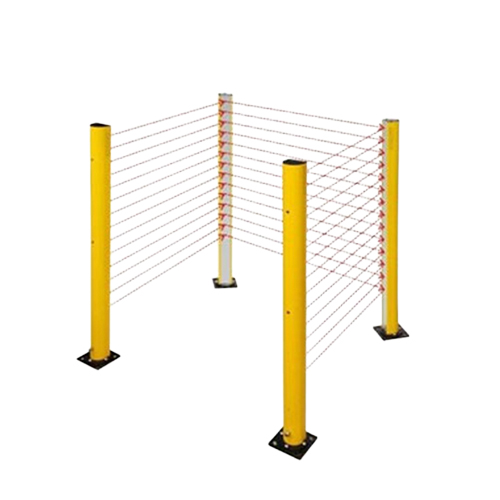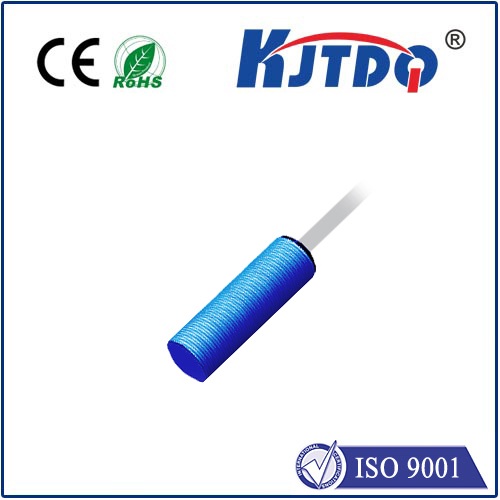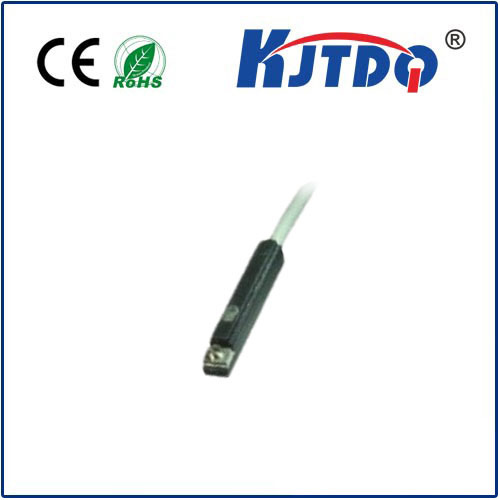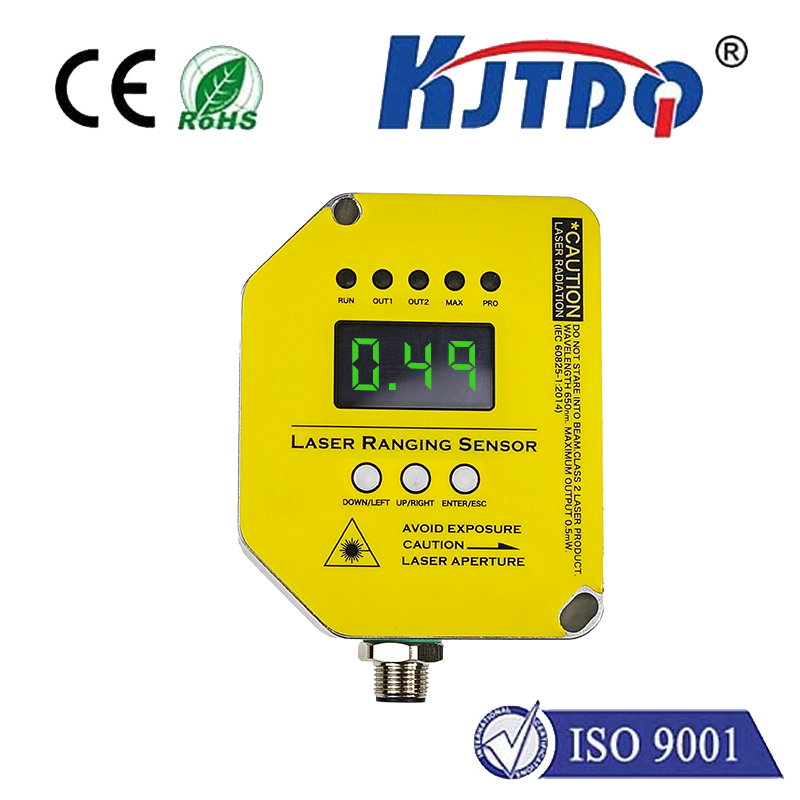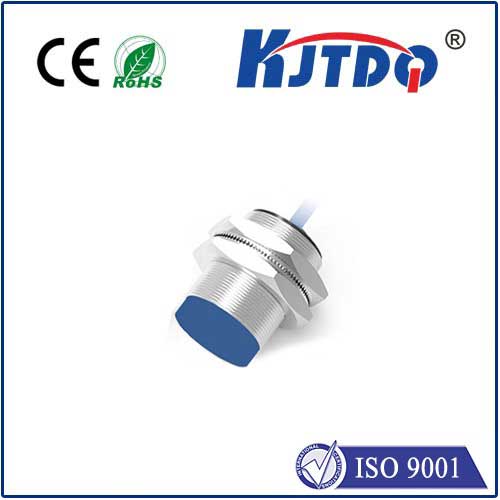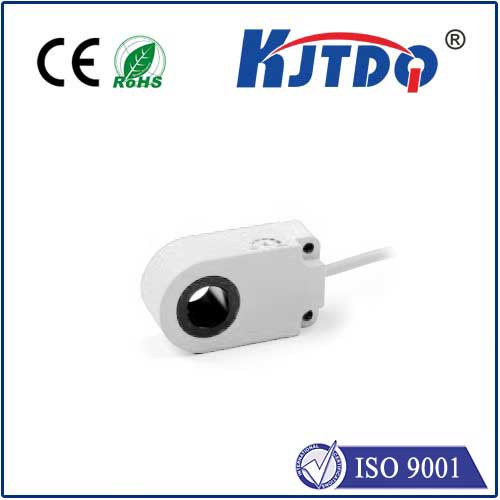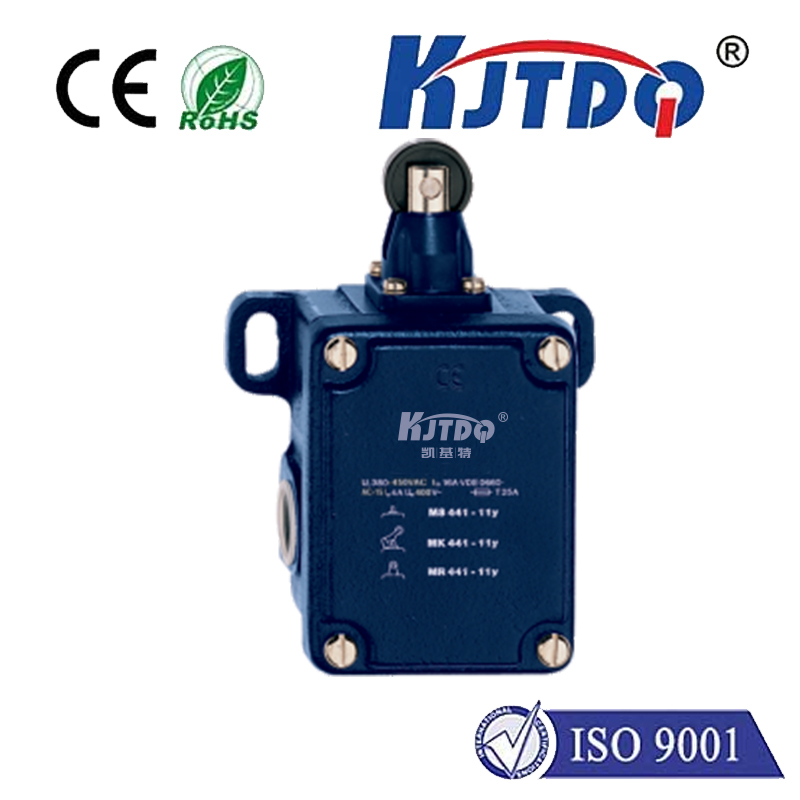vishay proximity sensor
- time:2025-07-19 08:22:55
- Click:0
Vishay Proximity Sensors: The Silent Sentinels Enabling Modern Automation
(Title: Vishay Proximity Sensors: Precision Detection Powering Automation Efficiency)
Think of the last time your car automatically locked as you walked away, the cashier scanned your groceries without contact, or a sophisticated machine flawlessly assembled intricate components. Behind countless smooth, invisible interactions lies a fundamental technology: the proximity sensor. Among the key players enabling these ubiquitous yet critical functions, Vishay Intertechnology stands out as a leading innovator and manufacturer. Vishay proximity sensors are the silent sentinels ensuring safety, efficiency, and precision across a staggering range of industrial, automotive, and consumer applications.
Understanding the Proximity Sensor: Beyond Touch
At its core, a proximity sensor detects the presence or absence of an object within a predefined range without physical contact. This non-contact characteristic is its defining strength, offering significant advantages over mechanical switches: wear-free operation, high reliability, immunity to dirt and moisture (in appropriate enclosures), and incredibly fast response times.
Vishay excels in several key proximity sensing technologies, primarily focusing on:
- Infrared (IR) Emitter-Detector Pairs: These are arguably Vishay’s most prominent proximity solutions. They consist of an infrared emitting diode (IRED) paired with a phototransistor or photodiode detector. The emitter sends out an invisible IR beam. When an object enters the sensing zone, it reflects this IR light back to the detector, triggering the sensor output. Vishay offers these in incredibly compact packages, like subminiature SMD types, ideal for space-constrained applications like smartphones, tablets, wearables (auto-brightness, power saving), printers (paper detection), and appliances. Their high sensitivity and precise beam control are critical for reliable detection.
- Photoelectric Sensors: While often used for longer ranges, certain Vishay photoelectric sensors function effectively in proximity roles. These utilize modulated light (often IR or visible red) emitted and received either through-beam (separate emitter/receiver) or reflectance (emitter and receiver in same housing, detecting reflected light) principles. Vishay’s expertise in optoelectronics ensures robust performance.
- Specialized Reflective Sensors: Vishay develops sensors tailored for specific reflection characteristics, such as detecting human skin proximity for touchless interfaces or specific material types.
Why Vishay Proximity Sensors Command Attention
Vishay leverages its deep roots in discrete semiconductors and optoelectronics to deliver proximity sensors characterized by several key advantages:
- Unmatched Miniaturization: Vishay is a pioneer in subminiature package design. Their sensors, like those in the popular TCRT5000L series or even smaller variants, are incredibly compact, enabling integration into the tiniest modern devices without sacrificing performance. This miniaturization is a major driver in consumer electronics and IoT.
- Superior Optoelectronic Performance: Decades of experience translate to highly efficient IREDs with consistent output and detectors with exceptional sensitivity and low noise. This results in reliable detection even under challenging conditions like varying ambient light or target reflectivity.
- Robustness and Reliability: Engineered for demanding environments, Vishay sensors often feature wide operating temperature ranges and are built to withstand the rigors of industrial automation and automotive under-the-hood applications. Their non-contact nature inherently contributes to long operational life.
- High Speed and Precision: With fast response times often in the microsecond range, Vishay proximity sensors enable high-speed counting, positioning, and control tasks on production lines and machinery. Their precise detection zones are crucial for applications requiring exact positioning.
- Design Flexibility: Offering diverse package styles (through-hole, SMD, surface-mount modules), output configurations (digital, analog), and sensing ranges, Vishay provides solutions tailored for virtually any application requirement. Designers can find the optimal balance of size, cost, and performance.
Application Spotlight: Where Vishay Proximity Sensors Shine
The versatility of Vishay proximity sensors means they are found virtually everywhere:
- Industrial Automation: Object detection on conveyors, position sensing in robotic arms, part counting, end-of-travel detection on actuators, machine guarding, and fill-level control. Their reliability keeps production lines running smoothly and safely.
- Automotive: Gear shift position sensing, pedal position detection, seat occupancy (for airbag control), collision avoidance systems (parking sensors), sunroof/sliding door obstruction detection, and touchless trunk opening.
- Consumer Electronics: Proximity detection in smartphones/tablets (screen dimming during calls), automatic faucets and soap dispensers, printer paper detection, appliance lid/door status monitoring, robotic vacuum cliff detection, and wearable device presence detection.
- Medical Devices: Sterilization cycle confirmation (detecting vial presence), component positioning in analyzers, and safety interlocks on equipment doors.
- Building Automation & Security: Touchless light switches, automatic door openers, occupancy sensing for HVAC control, and intruder detection systems.
Selecting the Right Vishay Sensor for Your Design
Choosing the optimal Vishay proximity sensor hinges on several factors:
- Sensing Technology: IR reflective, photoelectric, specialized reflective?
- Sensing Range: Required distance to the target object.
- Target Material: Reflectivity, color, surface finish (matte vs. glossy).
- Environmental Conditions: Ambient light levels, temperature extremes, exposure to contaminants (dust, oil, water - requiring specific IP ratings).
- Output Type Needed: Digital (on/off) or analog (distance proportional)?
- Physical Constraints: Available space dictates package size (e.g., subminiature SMD vs. larger modules).
- Electrical Requirements: Supply voltage, current consumption, output drive capability.
Leveraging Vishay’s extensive datasheets and application notes, often including recommended circuit diagrams, is essential for successful integration. Their commitment to supporting engineers ensures designers can effectively harness the power of non-contact detection.
Invisible Detection, Tangible Impact
From enabling the sleek touchless interfaces on our smartphones to ensuring the relentless precision of robotic assembly lines, Vishay proximity sensors are indispensable components of modern technology. Their combination of miniaturization, reliability, optical precision, and robust design makes them the preferred choice for engineers worldwide seeking non-contact detection solutions. As automation becomes increasingly sophisticated and integrated into every facet of life, the silent vigilance of Vishay proximity sensors will continue to underpin safety, efficiency, and innovation across countless applications, proving that sometimes the most critical technology is the one you never see or feel.





